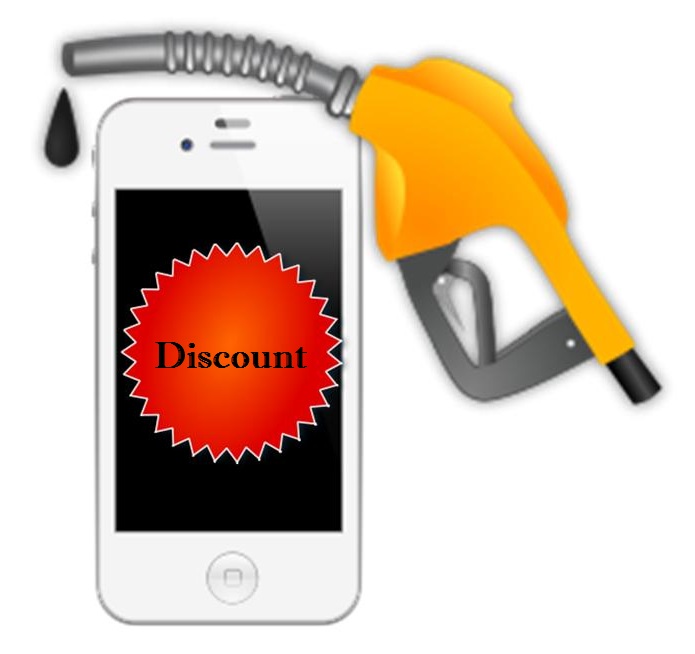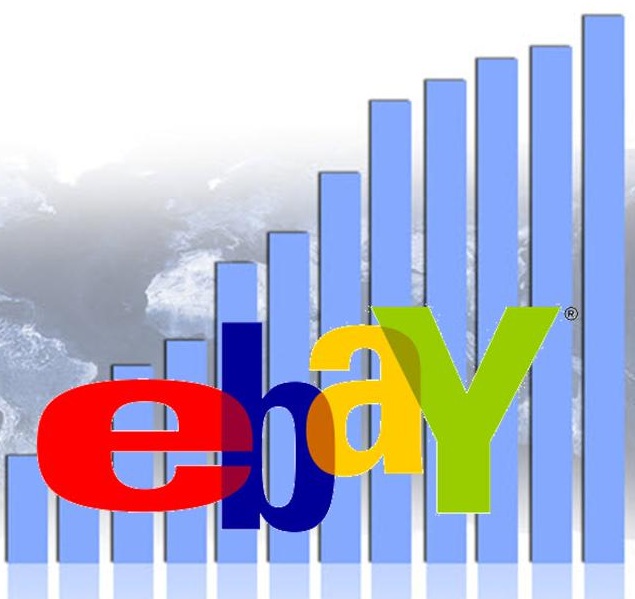 The promise for discounts at the pump over smartphones is drawing consumers into stores.
The promise for discounts at the pump over smartphones is drawing consumers into stores.
A new study has just revealed that, through the use of mobile marketing, motorists can be made to make additional in store purchases when they are pumping gas.
Research performed in Canada showed that 10 to 30 percent of consumers redeemed coupons in convenience store chains.
The mobile coupon was from U.S. National Oil and Gas Inc. It was distributed through a mobile marketing campaign to encourage drivers who were pumping gas at one of their stations to head inside the adjoining convenience stores in order to buy additional products. This, according to the owner and director of the company, Trent Moser.
The company had been using iSign Media Corp. technology for its mobile marketing campaign.
The mobile marketing strategy involved the use of the technology – which distributes the coupons to consumers who enter within a radius of approximately 300 feet of an antenna – to draw gas pumping customers into the store by sending them a coupon over their smartphones for a discount on their gas, but only if they head into the store to pay for the purchase. The coupons were sent just as the consumer would pull up to the location, so that they would already have it right before they went to pump the gas.
There were over 150,000 customers who received the coupons from National Oil within a period of three months. Within that timeframe, there were enough of the coupons redeemed that National Oil felt that it justified rolling out the iSign technology based offers to 200 of its stores across the company, said Moser.
Moser would not reveal the actual response rate that was achieved through the mobile marketing campaign.
A similar campaign was held by a chain of gas station and convenience stores in Canada, which has found that the response rate from the mobile marketing strategy’s coupons was between 10 percent and 30 percent among the million consumers who receive it every day. According to the founder and CEO of iSign, Alex Romanov, the coupons were for 10 cents off per gallon.
 eBay has high hopes for mobile commerce
eBay has high hopes for mobile commerce
Online retail giant eBay believes that mobile is leading a revolution in the commerce sector. According to eBay, this revolution will change the way consumers purchase and search for products around the world. This week, the retailer has unveiled a new three-year growth strategy that has a heavy emphasis on mobile commerce. eBay expects mobile commerce to play a major role in its future business and is working to ensure that it is as accommodating to mobile consumers as it can possibly be.
eBay and PayPal experience heavy activity in the mobile space
eBay has already experiences strong performance in the mobile commerce sector through itself and its subsidiary PayPal. Where eBay is concerned, more consumers are opting to use their smartphones or tablets to shop for products. These consumers are also more apt to purchase products from their mobile device rather than from a PC. PayPal has been reporting a growing number of transactions being made from mobile devices, whether they involve purchasing products or transferring money from one account to another. This activity has built up eBay’s confidence in the mobile commerce sector.
Mobile commerce expected to reach $300 billion by 2015
By 2015, eBay expects global mobile commerce to reach the $300 billion mark. The company notes that this will translate into revenue growth of 50% or more by the end of 2015. Mobile commerce will be behind much of the growth that eBay is expecting to see over the next three years and the retailer estimates that it will be able to beat out its competitors in its given industry. Amazon, which is eBay’s only major competitor, has also been showing strong interest in mobile commerce. Whether eBay will be able to overcome Amazon may depend largely on the mobile commerce plans of the latter.
Consumer interest powering mobile commerce growth
eBay suggests that mobile commerce is becoming more important for consumers as they become more comfortable with the concept. As more consumers get their hands on smartphones and tablets, they are becoming increasingly exposed to the prospects of mobile commerce. As such, they are becoming more likely to purchase products and shop with their mobile devices than they have ever been in the past few years.
 The promise for discounts at the pump over smartphones is drawing consumers into stores.
The promise for discounts at the pump over smartphones is drawing consumers into stores.
 eBay has high hopes for mobile commerce
eBay has high hopes for mobile commerce